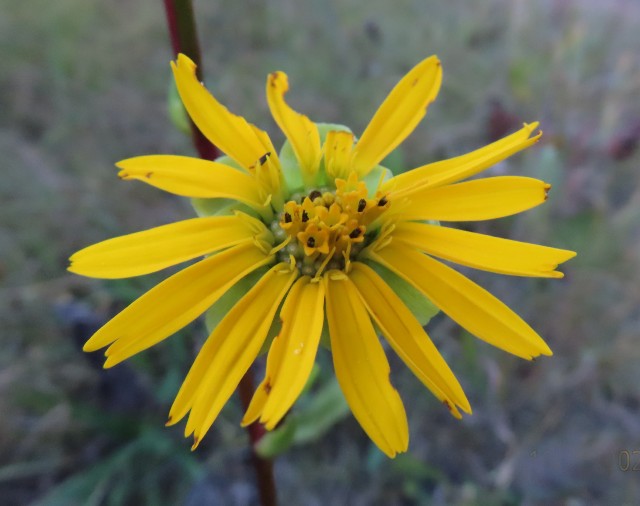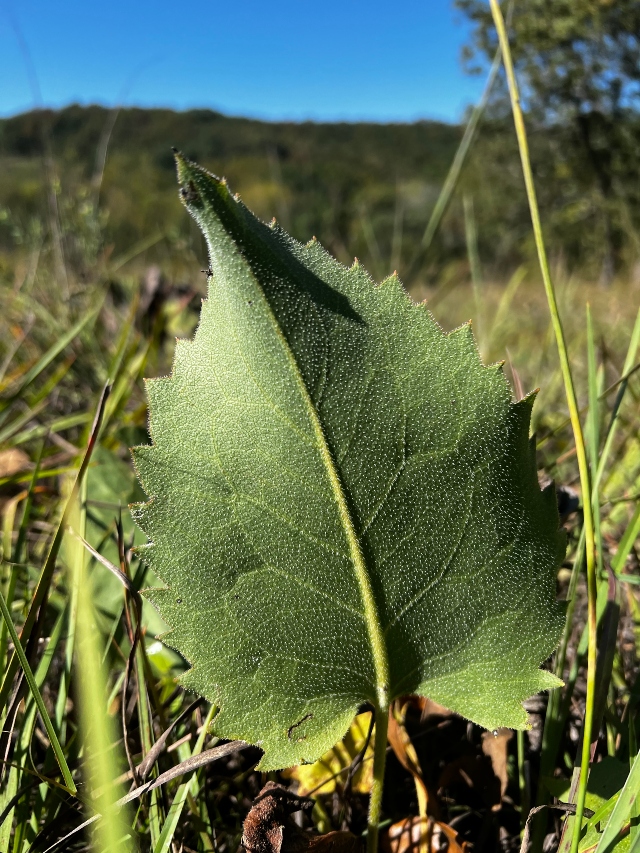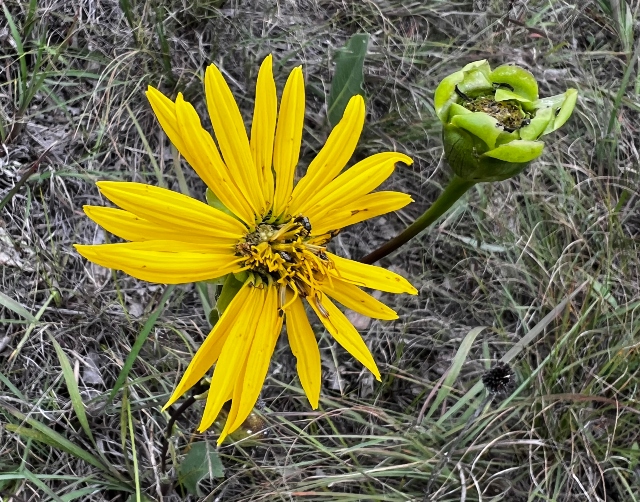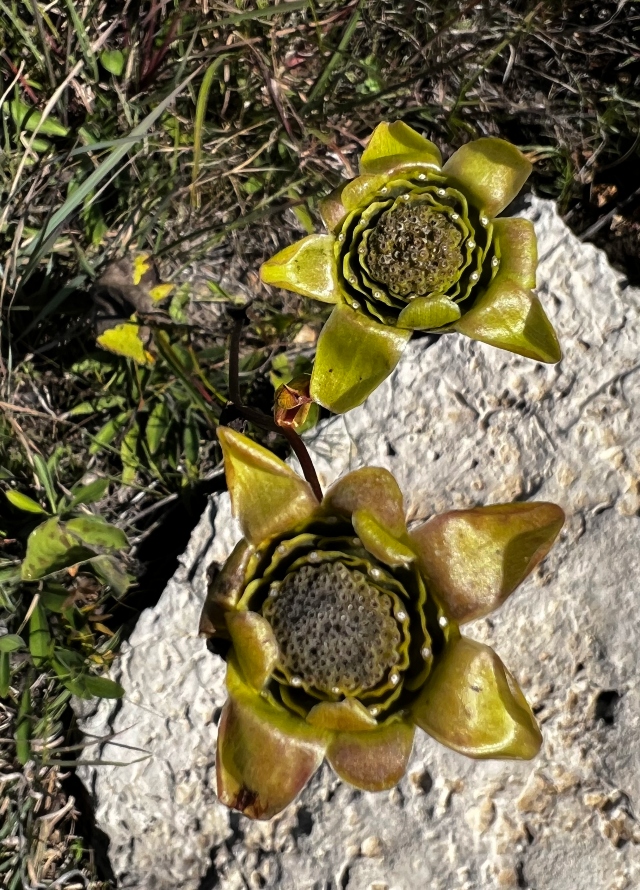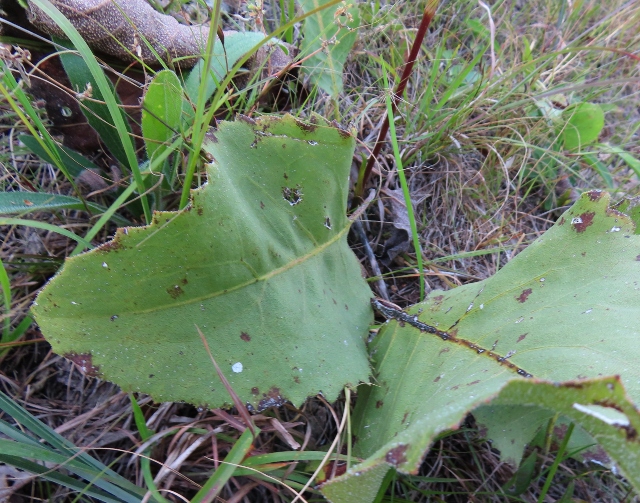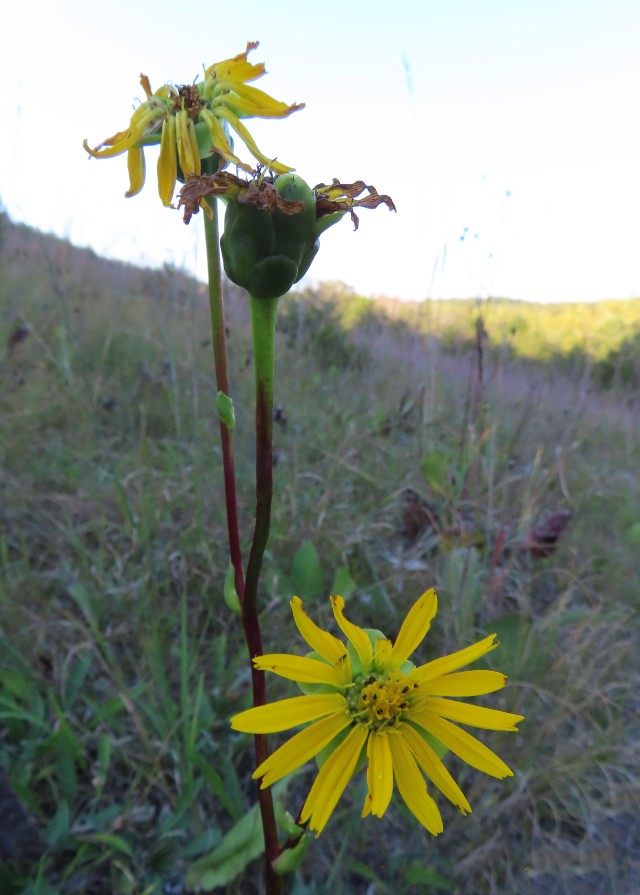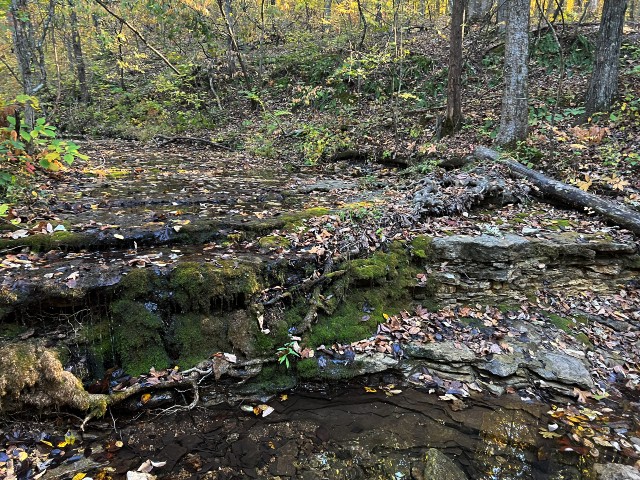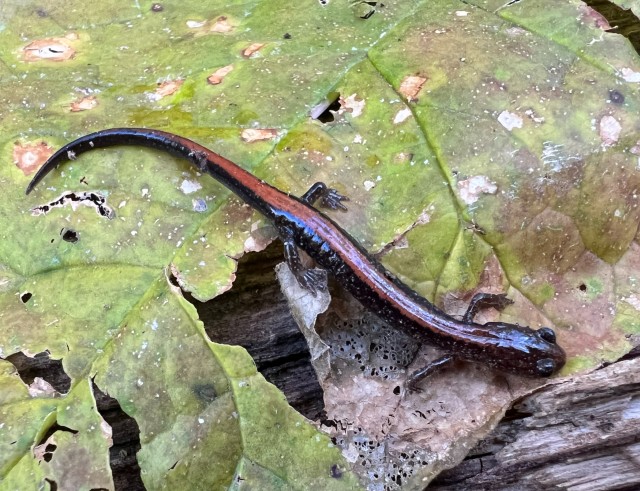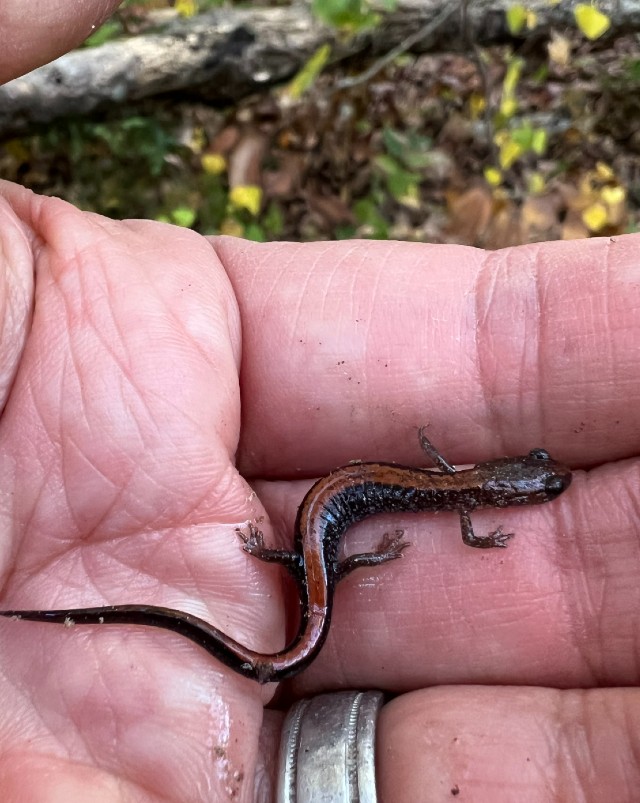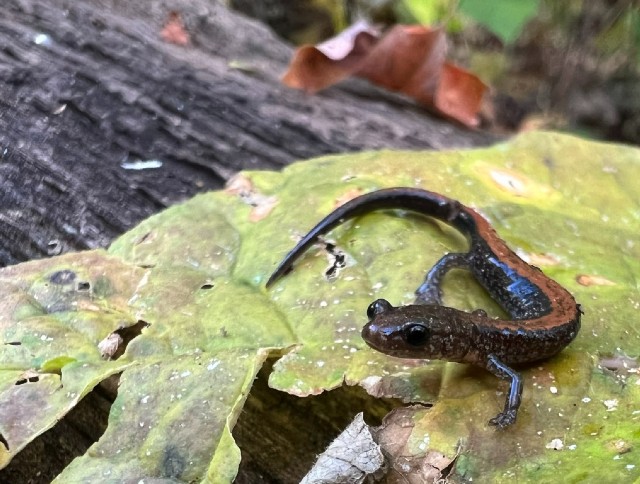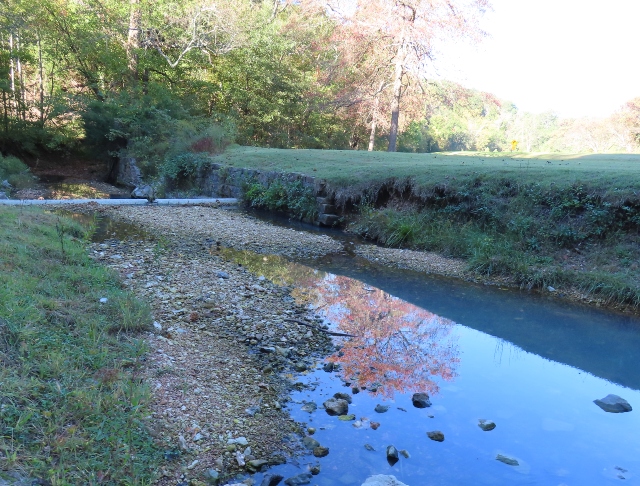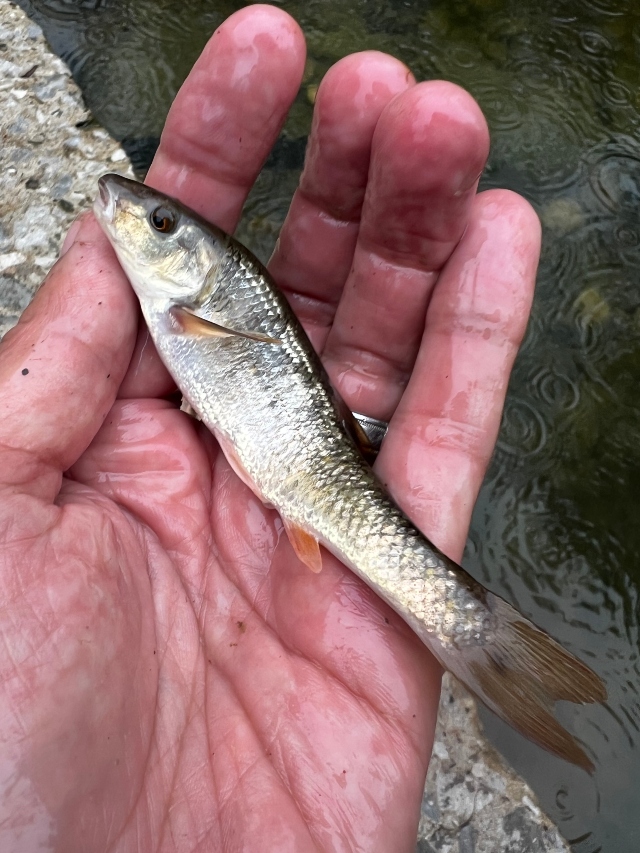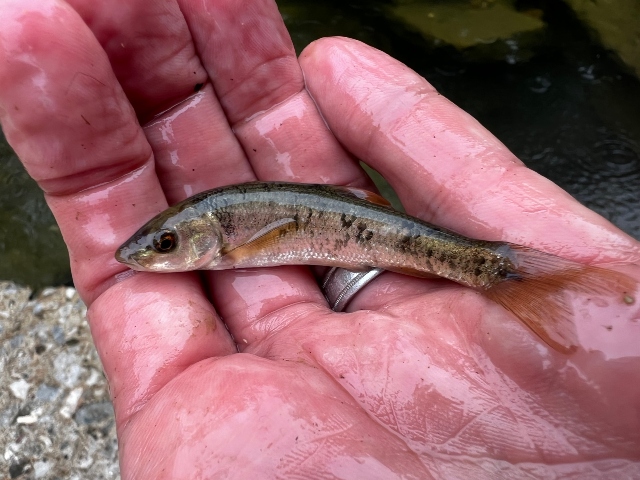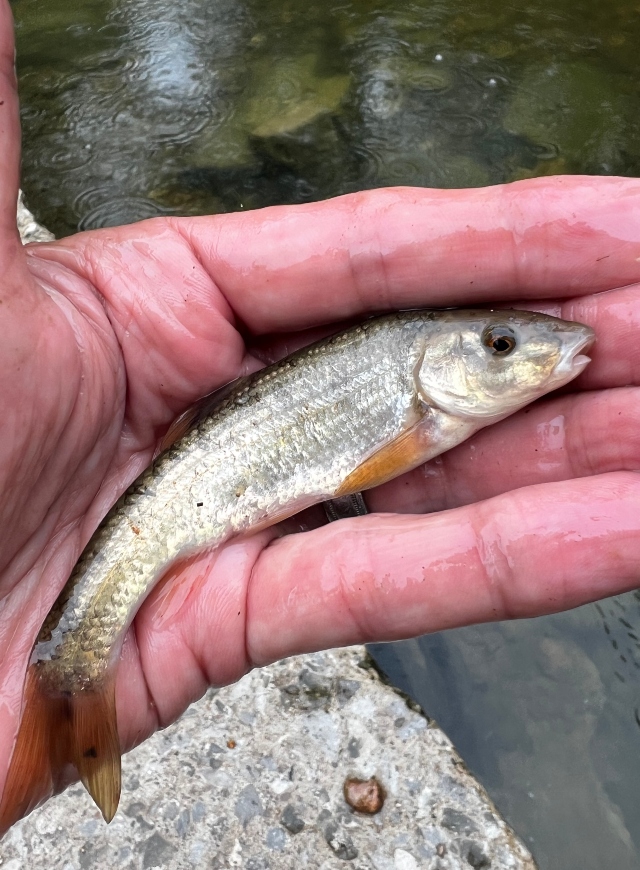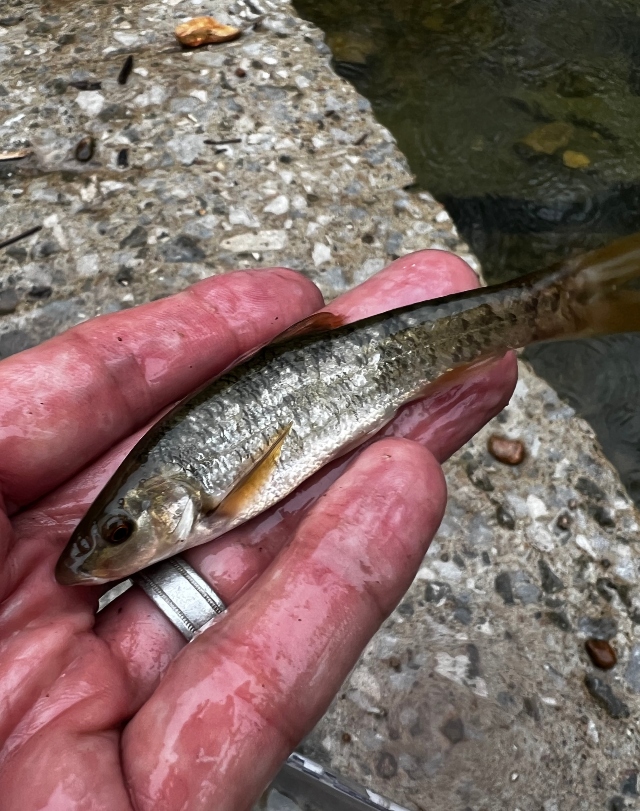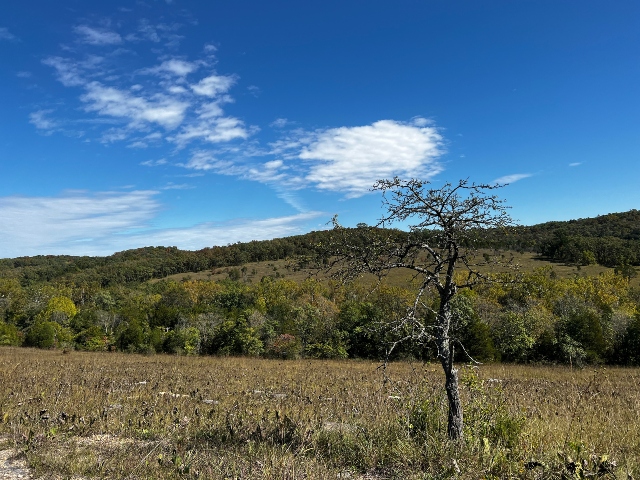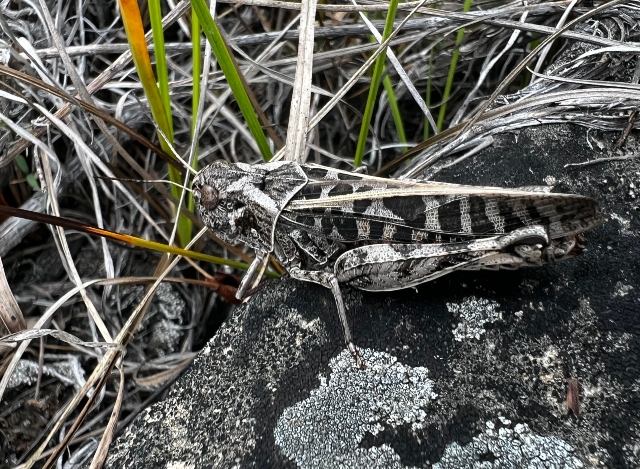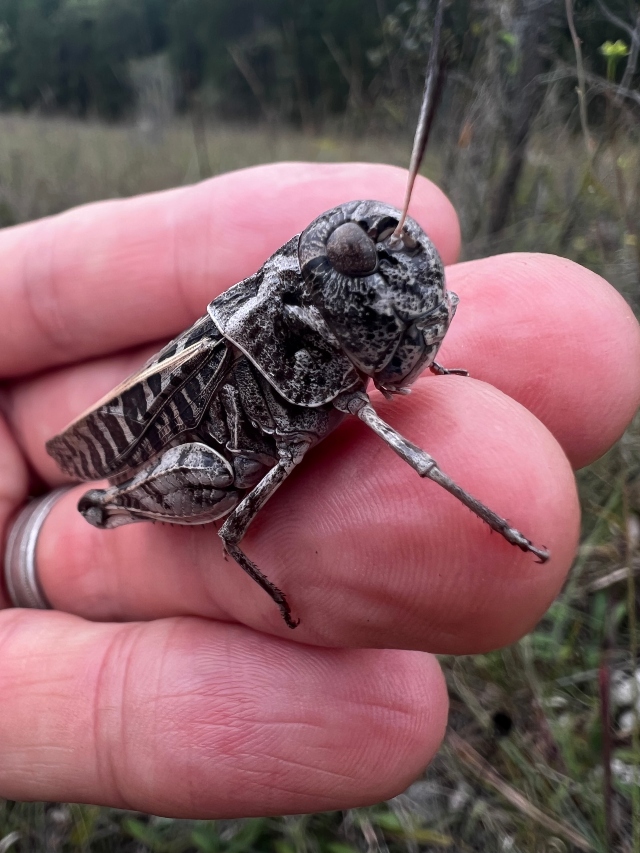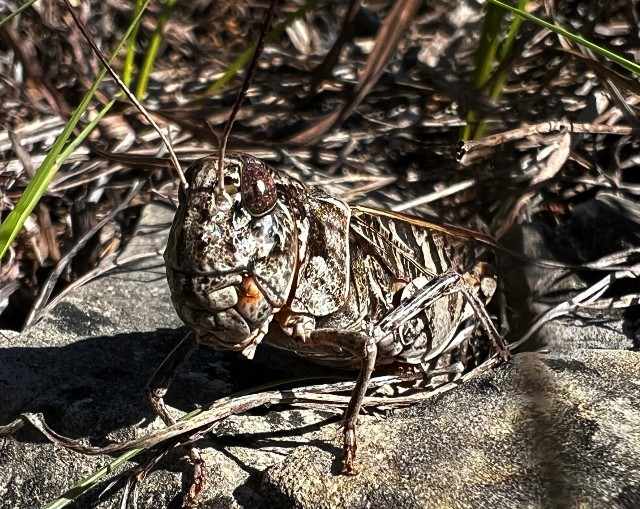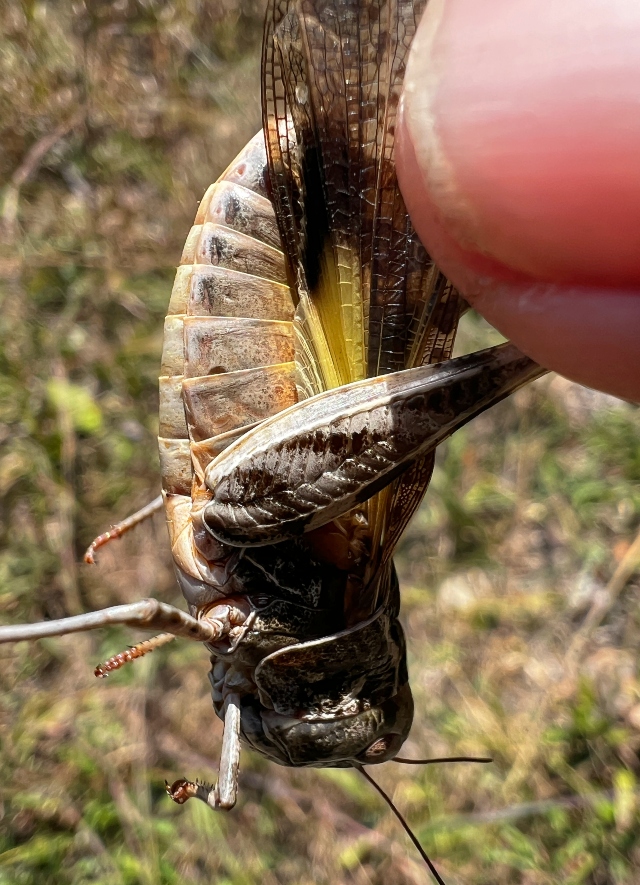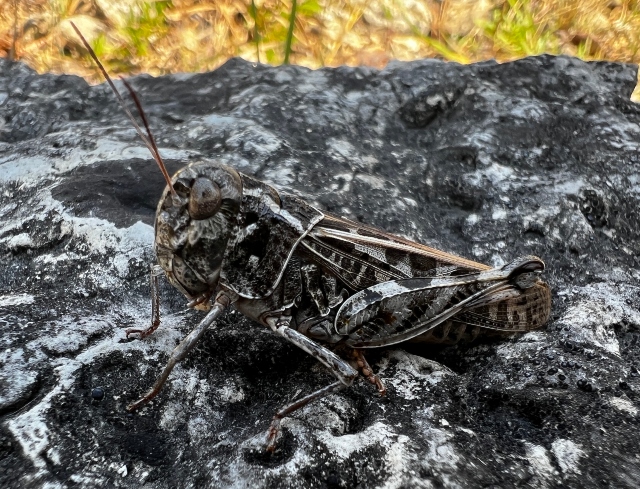While visiting a glade habitat in Missouri in search of reptiles and amphibians, it was hard not to notice this very distinctive plant. This member of the Aster Family has enormous leaves, as rough as sandpaper, with beautifully scalloped edges featuring coarse teeth.
The leaves of Prairie Dock tend to orient in a north-south direction. That is, the broad part of the blade faces east and west, to maximize sunlight for photosynthesis. This adaptation also minimizes water loss due to transpiration.
Even when it’s very hot out, its leaves feel cool to the touch.
Its flowers attract long-tongued bees, including Honeybees, Bumblebees, and Miner Bees. Other flower visitors include Halictine Bees, Bee Flies, and the Ruby-Throated Hummingbird. It typically blooms from July through October.
Prairie Dock is a very tall (sometimes over eight feet) perennial plant, with a nearly leafless flower stalk. Not only does the plant extend high into the air, it also has a long taproot that grows deep into the soil.
This adaptation is beneficial, because this plant’s environment is often hot and dry, and the deep taproot allows the plant to reach water. This feature also helps the plant persist despite grazing and mowing. With so much energy reserves stored underground, sending up new shoots is not that costly for the plant.
With the Latin Name of Silphium terebinthinaceum, the species name means “with turpentine” and refers to the resin, which gives this plant a pleasant, spicy scent.


